Porsche experienced an unusually challenging year: operating profit for the first nine months of 2025 fell to just €40 million, a 99% decrease compared to the same period last year, and the operating profit margin narrowed to 0.2%. Global revenue reached €26.86 billion (down 6%), and vehicle deliveries totaled 212,509 units (down 6%). Conversely, net cash flow from the automotive segment reached €1.34 billion (up 8%).
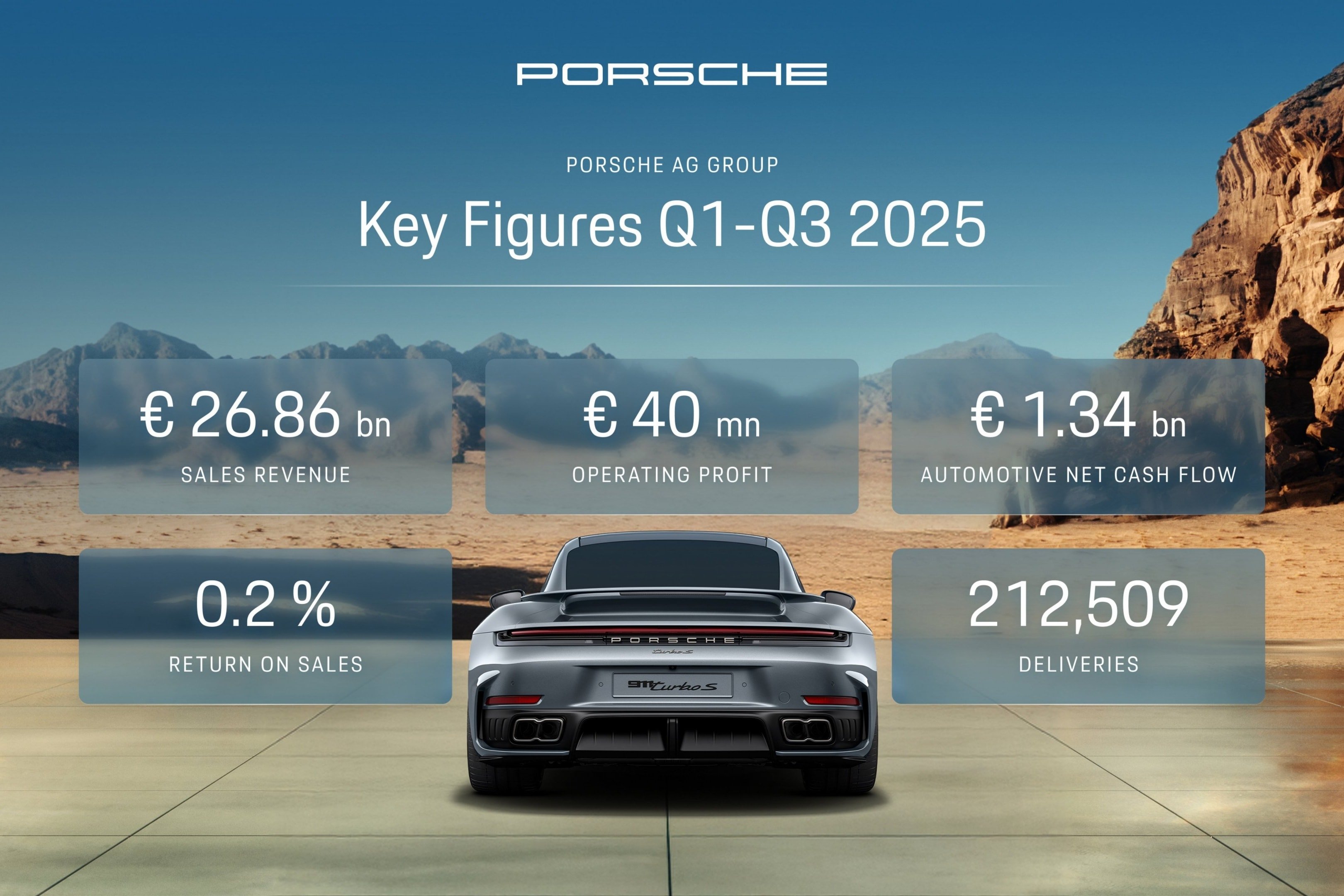
Financial picture for the first 9 months of 2025
According to the recently released financial report, Porsche's operating profit fell from €4.035 million to €40 million in the first nine months, a drop of 99%. Global sales and deliveries both decreased by 6%, resulting in a €1.7 billion reduction in revenue and 13,517 fewer vehicles. The operating profit margin on sales reached 0.2%, a decrease of 98.6%.
| Target | Results for Q3/2025 | Fluctuations |
|---|---|---|
| Revenue | 26.86 billion Euros | -6% |
| Operating profit | 40 million Euros | -99% |
| Operating profit margin | 0.2% | -98.6% |
| Net cash flow from the automotive segment | 1.34 billion Euros | +8% |
| Global delivery vehicles | 212,509 vehicles | -6% |
Porsche's leadership describes this as a period of "short-term sacrifice for long-term strength." Jochen Breckner, Executive Board member responsible for Finance and IT, stated: "This year's results reflect the impact of a strategic reorientation. However, these measures were necessary. We accept temporarily weaker financial results to strengthen Porsche's long-term resilience and profitability."
Switching costs and tariff pressures
The main reason for the decline in profits stems from significant investments in factory conversions and battery operations, aimed at increasing product portfolio flexibility. Porsche stated that it spent €2.7 billion to build new production facilities to support the expansion of its electric vehicle lineup. In addition, trade barriers have driven up costs: the 15% import tariff in the US (effective from August 2025) has resulted in average losses of hundreds of millions of euros for the company.
Total investment for 2025 is projected to reach €3.1 billion, while conservative financial forecasts only target a slight increase in revenue. In this context, Porsche has temporarily suspended several new EV projects, most notably its flagship SUV codenamed “K1”.
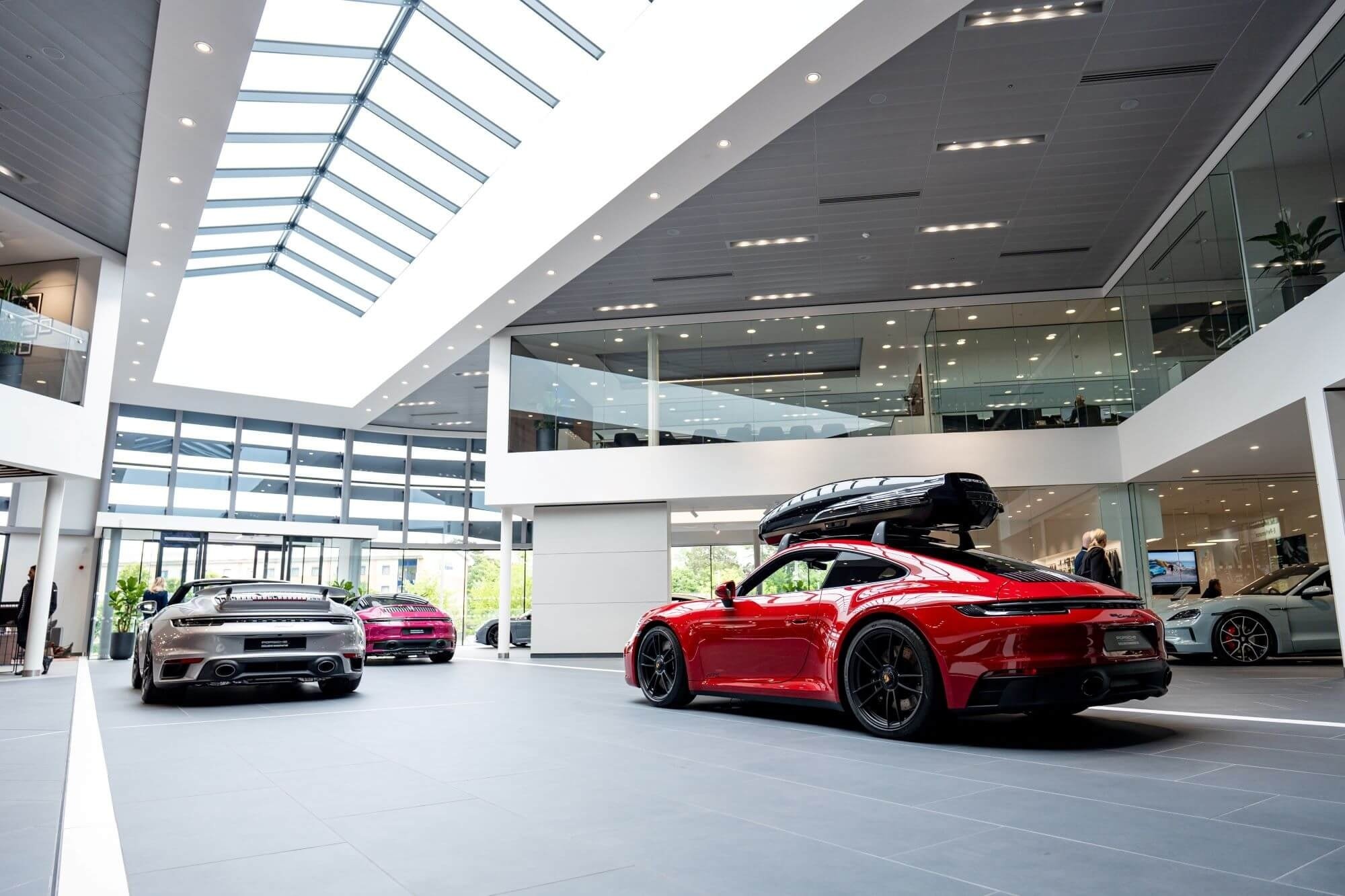
Electrochemistry: A rare bright spot
In contrast to profits, the electrification segment showed a positive trend. Sales of electrified vehicles increased by 35.2% year-on-year; of total sales, pure electric vehicles (EVs) accounted for 21.3% and plug-in hybrid (PHEV) accounted for 12.1%. In Europe, the proportion of electric vehicles in Porsche's sales reached 56%, while the US market saw a slight increase of 5%.
These figures somewhat reassure investors, as the transition to electric vehicles is seen as a major factor driving short-term profit declines. However, the decision to postpone the launch of some new EVs shows that Porsche is prioritizing a cautious transition, balancing technological investment with financial resilience.
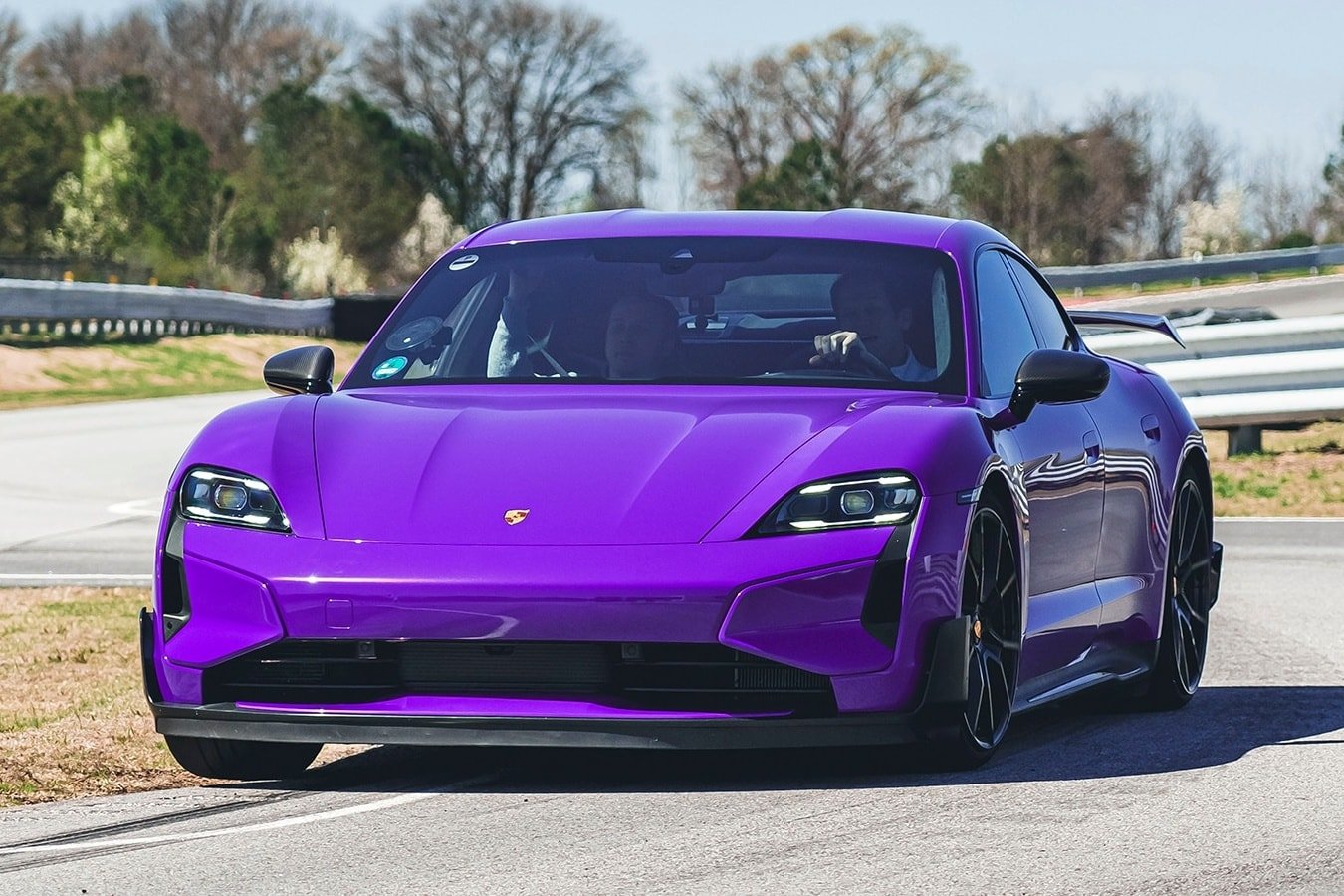
Product strategy and outlook for 2026
Porsche predicts 2025 will be the "bottom," expecting significant improvement from 2026 onwards if the transformation plan proceeds as scheduled. The goal is to sharpen the brand image, increase the individuality, exclusivity, and attractiveness of its products. Following this direction, the company focuses on improving production flexibility and optimizing its portfolio between EVs, PHEVs, and internal combustion engine configurations in its key segments.
In its announcement, Porsche emphasized that restructuring measures are necessary to increase resilience and sustainable profitability. The improved outlook from 2026 onwards is linked to controlling the pace of investment, adapting to trade barriers, and optimizing the electrification portfolio for each market.
Impact on the Vietnamese market
In Vietnam, Porsche positions itself with a higher price point than other luxury competitors. In the first nine months of 2025, the Macan was the best-selling model, followed by the Cayenne and Panamera. The company is also boosting its electrified lineup, including the Macan Electric and Taycan, and expanding hybrid versions for the Panamera, Cayenne, and 911.
With a loyal customer base and traditional profit margins in the premium segment, a balanced strategy between EVs, PHEVs, and internal combustion engines, if implemented correctly, could create room for renewed growth when market conditions improve.
Related updates
Porsche has replaced its CEO amid declining sales and strategic pressure on electric vehicles, appointing Michael Leiters to replace Oliver Blume. The company also announced its withdrawal from the WEC racing series starting in 2026. In addition, Porsche has postponed some EV projects, prioritizing gasoline and hybrid engines during this period of stagnation in the electric vehicle market.
Overall, the report suggests that Porsche is proactively "tightening its belt" in the short term to restructure for a new growth cycle. If the investments made in 2025 yield results, along with sensible adjustments to the product portfolio, a recovery from 2026 onwards is feasible, following the company's stated direction.
Source: https://baonghean.vn/porsche-2025-loi-nhuan-cham-day-dien-hoa-tang-toc-10309274.html










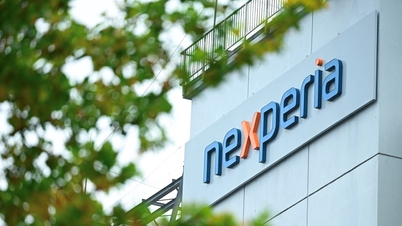
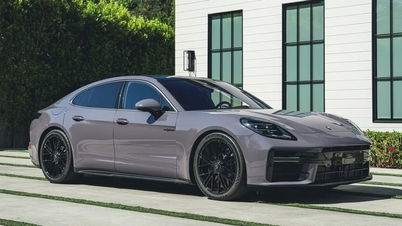





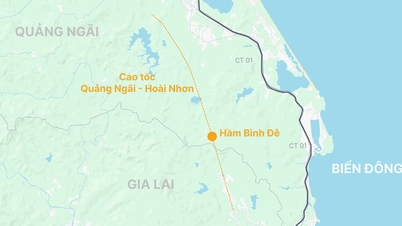
















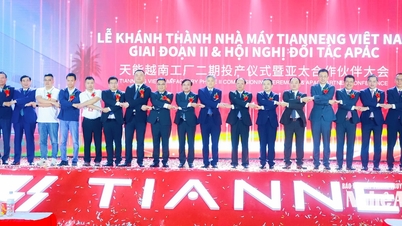

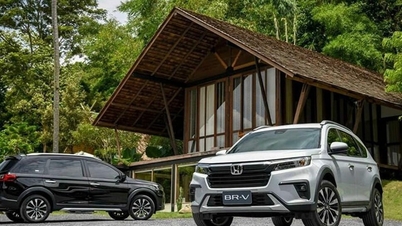



























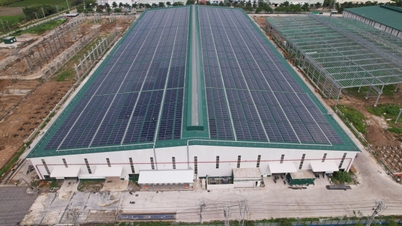













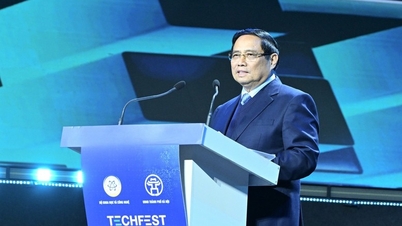


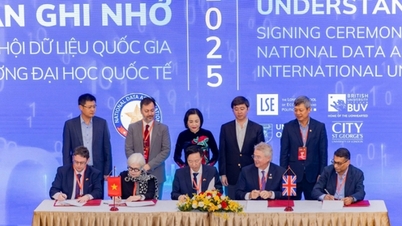

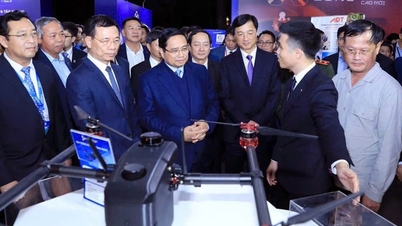


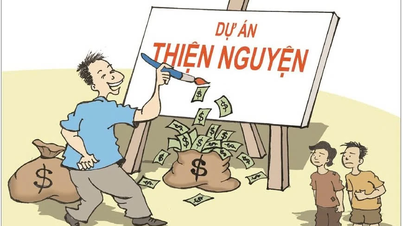





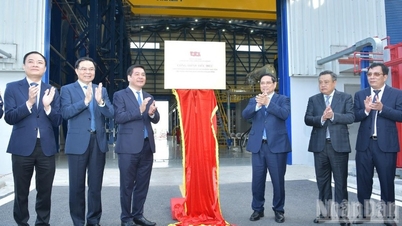
















Comment (0)